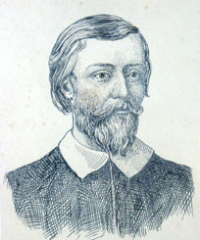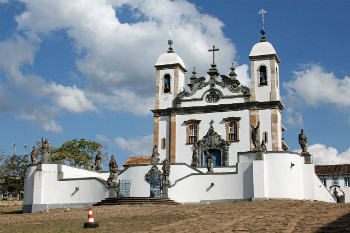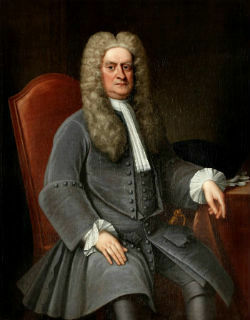Marie Curie (1867-1934) was a French-born Polish scientist who contributed to studies of radioactivity and the first woman to receive a Nobel Prize.
She also discovered the elements radium and polonium, giving it a name in honor of the country where she was born.
Biography
Maria Salomea Skłodowska was born in Warsaw (Poland) on November 7, 1867 and was the youngest child of five brothers. Her childhood was difficult as she lost her mother when she was just 10 years old.
At that time, Poland was part of the Russian Empire and her family had lost some assets in order to support the struggle for Polish independence.

She found it difficult to study. This is because, in addition to women not being admitted to universities in Poland, Marie Curie was going through great financial difficulties.
But influenced by her father, who was a physics and math teacher, she continued her studies. First in a clandestine university in Poland, later it also continued autonomously.
Later, she would go to France, with the intention of entering the University of Paris where she graduated in physics and mathematics. To pay for her studies, she worked as a governess and teacher.
When she graduated, to continue her investigations, the scientist needed a laboratory and a friend, in 1894, he introduces her to Pierre Curie, a renowned physicist. The two would end up sharing their life and love of science.
Nobel Prize
In 1903 she received the Nobel Prize in Physics with her husband and with Henri Becquerel for the discoveries made in the field of radiation. That same year, she received a doctorate in science.
In 1906 her husband dies and she takes her place teaching General Physics at the prestigious Sorbonne University, the first woman to do so.
In 1911 she received the Nobel Prize in Chemistry for having discovered new chemical elements, radium and polonium.
She founded the Curie Institute in Paris in 1914. This institute aims to investigate the medical applications of radium in cancer patients.
In World War I, she created mobile radiography units to be used among wounded soldiers. With her daughter Irène went to hospitals to convince doctors to use her invention to save the lives of combatants.
Last years
Victim of leukemia, which she acquired as a result of exposure to radioactivity, she died at the age of 66 on July 4, 1934, in Passy (French commune).
A year after her death, in 1935 it was the turn of one of her daughters, Irène Joliet-Curie, to be awarded the Nobel Prize in Chemistry for the discovery of artificial radioactivity. The award was shared with her husband Frédéric Joliet.
Her remains are deposited in the Pantheon in Paris, being once again the first woman to receive this honor.
Throughout her life, Madame Curie has written about radioactivity and her book Radioactivity, published posthumously, is an important tool in the study of this matter.
education
Less well known in her biography is Marie Curie's contribution to science education. She had been a teacher giving private lessons to wealthy families in Poland and France, she taught at the secondary level.
For Marie, education had to be engaging. This would only be possible through the proposal of experiences and contact with things, instead of just theoretical knowledge.
Along with other scientists, she had a "teaching cooperative" project that aimed to teach their children science beyond theory, by carrying out experiments.
Thanks to the notes of one of her students, Isabelle Chavannes, we learned about the method that Marie Curie applied in her classes.
Thus, through experiments guided by teachers, children were led to discover about atmospheric pressure, the path from water to the tap, etc.
Sentences
- "In life, there is nothing to fear but to understand."
- "Be less curious about people and more curious about ideas."
- "Life is not easy for any of us. We have to have persistence and, above all, confidence in ourselves."
- "We cannot hope to build a better world without improving individuals."
- "I am among those who think that science has great beauty."



